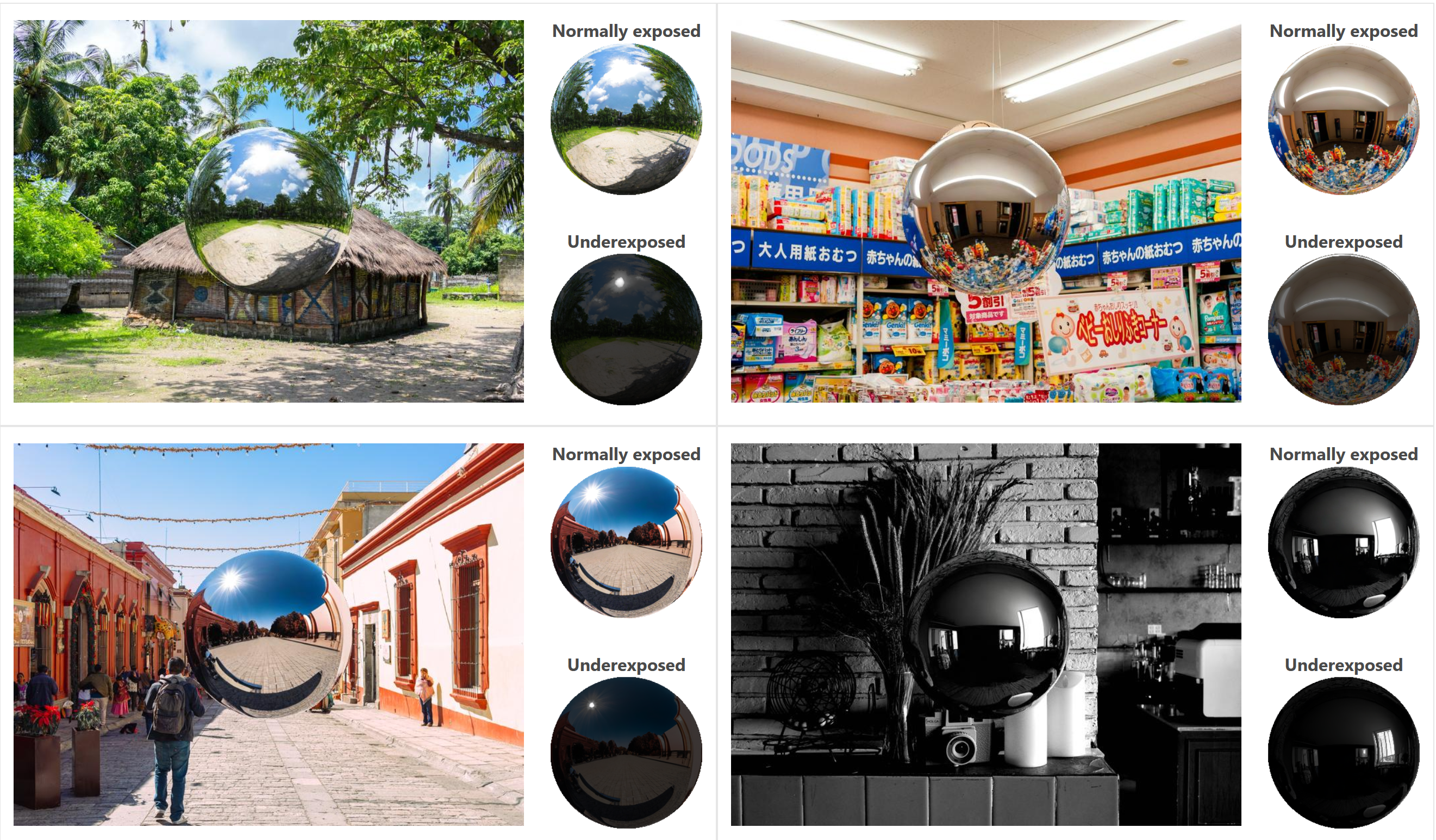https://www.hollywoodreporter.com/movies/movie-news/pixar-bracing-for-possible-layoffs-1235786562





3Dprinting (176) A.I. (761) animation (340) blender (197) colour (229) commercials (49) composition (152) cool (360) design (636) Featured (69) hardware (308) IOS (109) jokes (134) lighting (282) modeling (131) music (186) photogrammetry (178) photography (751) production (1254) python (87) quotes (491) reference (310) software (1336) trailers (297) ves (538) VR (219)
Author: pIXELsHAM.com
-
Custom bokeh in a raytraced DOF render
To achieve a custom pinhole camera effect with a custom bokeh in Arnold Raytracer, you can follow these steps:
- Set the render camera with a focal length around 50 (or as needed)
- Set the F-Stop to a high value (e.g., 22).
- Set the focus distance as you require
- Turn on DOF
- Place a plane a few cm in front of the camera.
- Texture the plane with a transparent shape at the center of it. (Transmission with no specular roughness)
-
-
How to Create and Sell Profitable Online Courses: Step-by-Step Guide
https://www.learnworlds.com/how-to-create-an-online-course/
-
-
- Step 3. Understand your Audience
- Step 4. Write Down Your Learning Objectives
- Step 5. Create a Storyboard
- Step 6. Decide Where You’ll Host Your Online Course
- Step 7. Create Your Content
- Step 8. Select a Business Model
- Step 9. Create a Course Page that Converts
- Step 10. Build a Course Sales Funnel
- Step 11. Engage in Ongoing Marketing
-
-
-
Pika.art – an AI for creating videos from stills
“It converts simple text instructions into captivating videos, in seconds.
The story behind this AI is fascinating: A team of four engineers, led by Demi Guo and Chenlin Meng, was born with a clear vision: to transform video creation.
After raising $55 million, Pika Labs initially focused on Japanese anime-style animations before expanding into 3D animation” -
DiffusionLight: HDRI Light Probes for Free by Painting a Chrome Ball
https://diffusionlight.github.io/
https://github.com/DiffusionLight/DiffusionLight
https://github.com/DiffusionLight/DiffusionLight?tab=MIT-1-ov-file#readme
https://colab.research.google.com/drive/15pC4qb9mEtRYsW3utXkk-jnaeVxUy-0S
“a simple yet effective technique to estimate lighting in a single input image. Current techniques rely heavily on HDR panorama datasets to train neural networks to regress an input with limited field-of-view to a full environment map. However, these approaches often struggle with real-world, uncontrolled settings due to the limited diversity and size of their datasets. To address this problem, we leverage diffusion models trained on billions of standard images to render a chrome ball into the input image. Despite its simplicity, this task remains challenging: the diffusion models often insert incorrect or inconsistent objects and cannot readily generate images in HDR format. Our research uncovers a surprising relationship between the appearance of chrome balls and the initial diffusion noise map, which we utilize to consistently generate high-quality chrome balls. We further fine-tune an LDR difusion model (Stable Diffusion XL) with LoRA, enabling it to perform exposure bracketing for HDR light estimation. Our method produces convincing light estimates across diverse settings and demonstrates superior generalization to in-the-wild scenarios.”

-
Lance LeFort – The Decline of After-Hours Company Events: Unraveling the Shift in Employee Participation and Retention Strategies
The Critical Question: How Are Companies Responding?
- Long-Term Retention Strategies
- Flexible Work Arrangements
- Tailored Employee Benefits
- Revitalizing In-House Socialization
- Regular Feedback and Recognition:
-
3D Gaussian Splatting step by step beginner course
https://www.reshot.ai/3d-gaussian-splatting
what are 3D Gaussians? They are a generalization of 1D Gaussians (the bell curve) to 3D. Essentially they are ellipsoids in 3D space, with a center, a scale, a rotation, and “softened edges”.
Each 3D Gaussian is optimized along with a (viewdependant) color and opacity. When blended together, here’s the visualization of the full model, rendered from ANY angle. As you can see, 3D Gaussian Splatting captures extremely well the fuzzy and soft nature of the plush toy, something that photogrammetry-based methods struggle to do.
https://towardsdatascience.com/a-comprehensive-overview-of-gaussian-splatting-e7d570081362
COLLECTIONS
| Featured AI
| Design And Composition
| Explore posts
POPULAR SEARCHES
unreal | pipeline | virtual production | free | learn | photoshop | 360 | macro | google | nvidia | resolution | open source | hdri | real-time | photography basics | nuke
FEATURED POSTS
-
Photography basics: Exposure Value vs Photographic Exposure vs Il/Luminance vs Pixel luminance measurements
-
Daniele Tosti Interview for the magazine InCG, Taiwan, Issue 28, 201609
-
Godot Cheat Sheets
-
Film Production walk-through – pipeline – I want to make a … movie
-
Advanced Computer Vision with Python OpenCV and Mediapipe
-
Kling 1.6 and competitors – advanced tests and comparisons
-
Free fonts
-
Jesse Zumstein – Jobs in games
Social Links
DISCLAIMER – Links and images on this website may be protected by the respective owners’ copyright. All data submitted by users through this site shall be treated as freely available to share.
